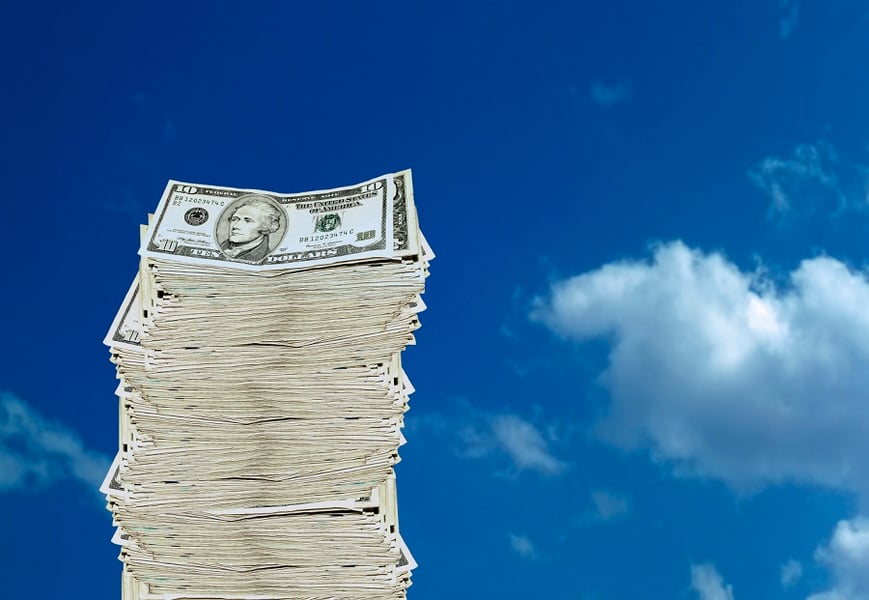Morningstar's midyear analysis of active versus passive investing shows once again that higher fees have the biggest impact on performance.
The semiannual report describes fees as “one of the only reliable predictors of success.”
The
research gives the edge to passive, index-based strategies across the board, but active management falls furthest behind when it comes to large-cap stock strategies
The inability of active managers to keep pace with indexed strategies can be measured in terms of the survivorship of funds.
According to Morningstar, only about half of the actively managed large-cap growth funds that existed 10 years ago were able to survive the past decade without being merged or closed.
Only 7% of those large-cap funds managed to both survive and beat their passive benchmarks over the 10-year period through June.
The
performance lag for active managers, which Morningstar closely links to fees, gets worse the longer the time period.
For example, U.S. large-cap blend funds produced a category-average gain of 1.2% over the 12-month period through June, which compares to a gain of 3.3% for the passive large-blend category average.
On a 10-year trailing basis, the active funds averaged 5.9%, compared to 7.3% for the passive funds.
But, as the report details, fees contribute heavily to performance separation among both active and passive strategies.
Over the 10-year period, those active funds in the lowest 25th percentile in terms of fees, produced an average return of 6.6%, which compares to 7.4% for the lowest cost passive funds.
On the other end of the spectrum, those funds in the 100th percentile in terms of fees, averaged just 5% over the 10-year period, while their passively managed counterparts averaged 6.9%.
But even as Morningstar crunches the data across both long and shorter time periods providing a bleak outlook for active management, there is hope for active management at the right time.
Scott Opsal, director of research at The Leuthold Group, looked past the management fees to study the
cyclicality of active management, and found that, in general, every dog has its day.
“Active and passive can be approached like any other asset class in the sense that sometimes you win and sometimes you lose, because there are conditions that favor active and conditions that favor passive,” he said.
The current market cycle, in which the largest mega-cap stocks are doing well, favors passive investing, he said.
“Passive wins when very large mega-caps are doing well and the index is beating the average stock, because mega-cap in a market-cap weighted index are going to drag the index higher,” he said.
Conversely, active strategies do better when mega-cap stocks such as Apple and Microsoft are lagging, and when the average stock in a cap-weighted index is beating the index.
Mr. Opsal also calculated the valuation factor, which found that active management tends to do better when value investing is in vogue.
“When very high-priced stocks are running, passive investing wins because active managers tend to shun the higher valuations,” he said. “That is also the case when a lot of money-losing companies are doing well, which is what we saw during the tech bubble” of the late 1990s.
“Right now we have a cycle where mega-caps have been winning, high-priced stocks have been winning, and average stocks have been going nowhere,” he said. “But you have to keep in mind that if it is cyclical it's subject to performance chasing. And you don't want to chase that style because when it shifts active will start winning again.”







